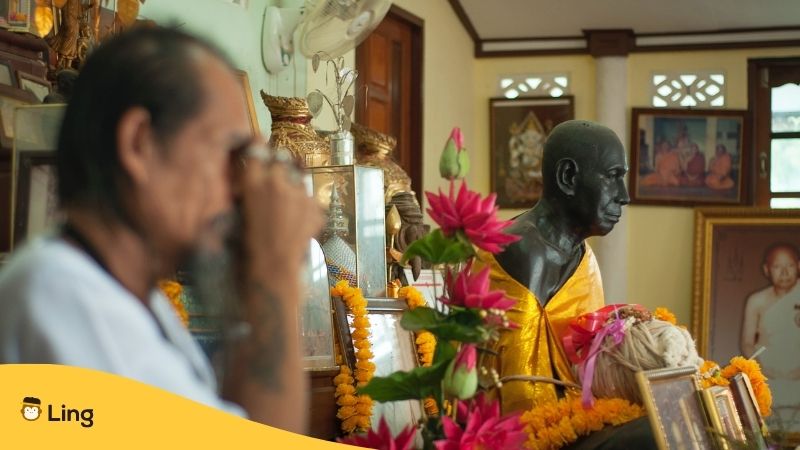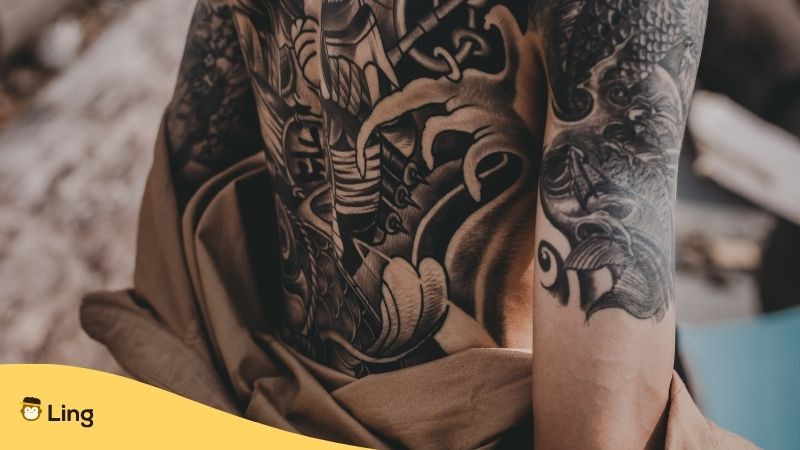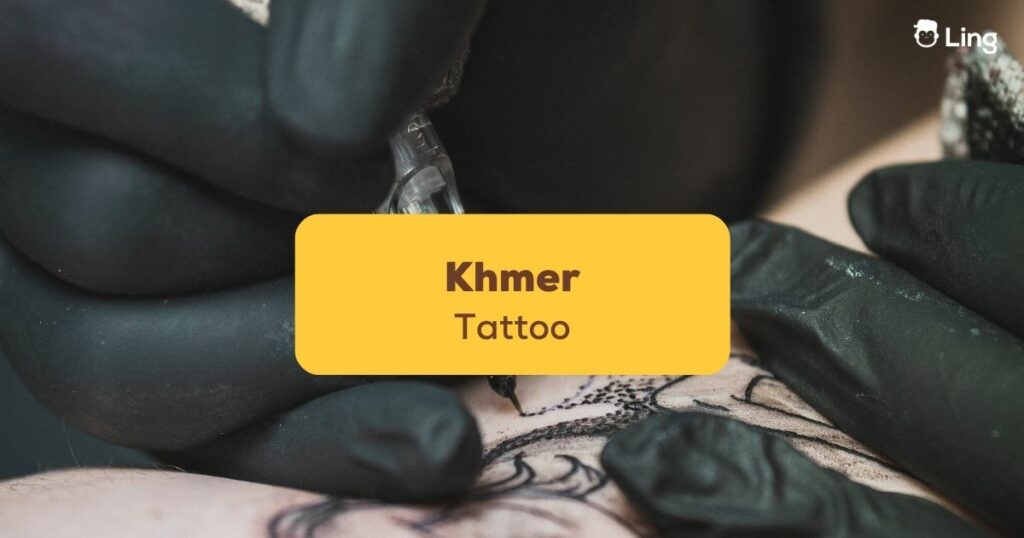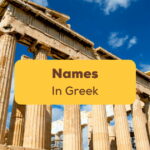Thinking about getting inked with a Khmer tattoo? In this blog, we will take you through everything you need to know about the history and cultural significance of this beautiful body art. Tattoos in Cambodia date back centuries and have been used for religious, cultural, and decorative purposes. So, let’s explore the meaning behind these distinctive tattoos, their significance in modern times, and a selection of Cambodian tattoo ideas for you to consider.
A Brief History Of The Khmer Tattoo
Khmer tattoos have always been an integral part of Cambodian culture. The earliest records of tattoos in Cambodia date back to the Angkor period, which lasted from the 9th to the 15th century. During this time, Khmer tattoos were used to denote social status and religious and cultural beliefs. The use of tattoos was also prevalent among soldiers, who would get tattoos to mark their loyalty to their kingdom and ruler and ensure victory in battle.
The Angkor Period And The Yantra Tattoo
One of the most popular forms of Khmer tattoos during the Angkor period was the yantra tattoo. Yantra tattoos are intricate designs meant to protect the wearer from harm and bring good fortune. These tattoos are typically applied by Buddhist monks and are considered to have magical powers. Yantra tattoos are often placed on the back, chest, or arms and are believed to protect the wearer during battle.
In addition to yantra tattoos, other popular designs during the Angkor period included animal motifs, such as tigers, elephants, and snakes. These tattoos were used to symbolize strength and power and were often worn by soldiers and warriors.
The Khmer Rouge
The practice of tattooing declined in Cambodia during the Khmer Rouge regime in the 1970s. The Khmer Rouge, led by Pol Pot, believed that tattoos were a sign of bourgeois decadence and were therefore banned. Many people who were found to have tattoos were punished, and the practice of tattooing was driven underground.
Modern Tattoos
Today, however, the tradition of Khmer tattoos is experiencing a resurgence. Many young Cambodians are rediscovering their cultural heritage and are getting tattoos to celebrate their roots. Khmer tattoos are also becoming more popular among tourists drawn to their intricate designs and rich history.
Meaning And Significance Of Khmer Tattoos
Khmer tattoos are deeply rooted in the country’s culture and history. Each design has its unique meaning and significance and is often steeped in Buddhist and Hindu beliefs. Here is a selection of traditional Cambodian tattoos.

Sak Yant Tattoo
One of the most famous Khmer tattoo designs is the Sak Yant tattoo, a sacred tattoo that originated in Thailand but is also popular in Cambodia. Sak Yant tattoos are believed to provide protection and bring good fortune to the wearer. They are typically created by a Buddhist monk who will use a special bamboo needle to create the design. Sak Yant tattoos combine Hindu and Buddhist sacred images, Buddhist Sutras, Pali script, sacred geometry, and various other unique symbols, patterns, and designs.
Kbach Tattoo
Another popular Khmer tattoo design is the Kbach, a decorative tattoo often used to adorn the hands and feet. Kbach tattoos feature intricate patterns and designs that are meant to represent nature and the elements. They are usually worn by dancers and musicians and are thought to bring good luck and prosperity.
Yant Sing Thong
This detailed depiction of a lion is said to bring power. The wearer of the King of the Lions should be treated with respect. Having the lion carrying a flag is a popular design among the armed forces and the police, as it represents invincibility, immortality, and victory in battle.
Ganesha Tattoo
The Ganesh design is one of many Hindu sacred images popular as traditional Cambodian tattoos. The image usually depicts the elephant-headed goddess seated in a meditative position, symbolizing luck and prosperity. Those who wear the Ganesha tattoo are also said to be blessed with intelligence, creativity, and business success.
Hanuman Yant
A popular Khmer tattoo is the image of the Hindu monkey god, Hanuman. Often seen riding a lion or a tiger and carrying a flag and a sword, the wearers of this distinctive design are victorious in their work and home lives.
Sariga Koo Yant
The Sariga Koo Yant is a design featuring two love birds and is particularly popular with those looking for love. It is believed to increase a person’s attractiveness and strengthen the bond between lovers. The Sariga Koo Yant is also linked with truthfulness, and the bearer of the tattoo can be said to be sincere, trusted, and honest.
Hongsa Yant
Another bird tattoo is the Hongsa Yant depicting a graceful swan. It is a meaningful Cambodian tattoo for those who wish to be more persuasive to others.
Pra Jao Haam Tukh
This yantra has four sides to it, representing the four elements. It is particularly popular with Cambodians wishing to stave off bad luck.

Contemporary Cambodian Tattoo Art
In addition to these traditional Khmer tattoo designs, there are also many contemporary designs that are popular among young Cambodians. These tattoos often incorporate modern elements such as street art and graffiti and are a reflection of Cambodia’s growing youth culture.
Learn More About Khmer Culture With Ling App

Getting a tattoo is a life-changing decision, as is deciding to learn a new language. You will take your first step into a wider world by downloading the Ling app. Ling is a leading language app with an ever-growing library of blogs on countries and cultures around the globe. Learn more by visiting ling-app.com, or why not download the Ling app today from App Store or Google Play?































